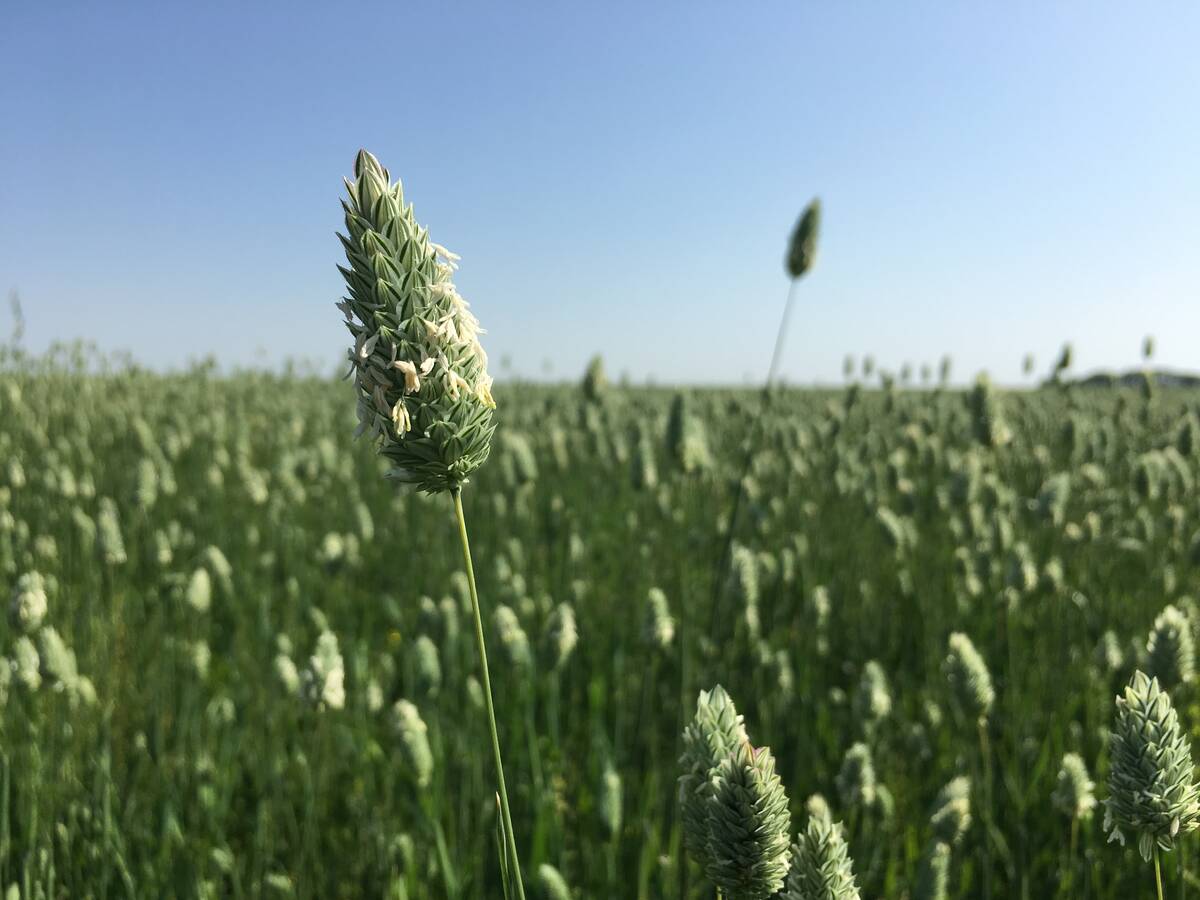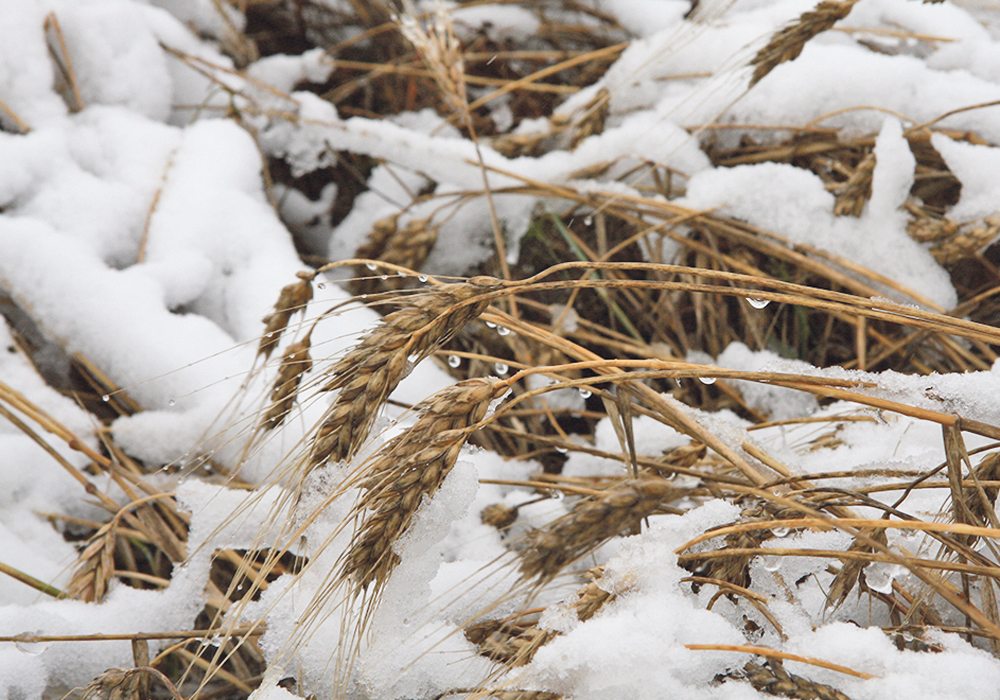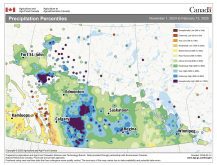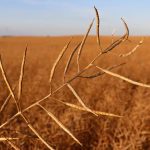At the end of 2018 a dominant proportion of the world’s market prognosticators thought 2019 would host a recession and perhaps a market meltdown.
Since then the world’s stock markets have rallied with the Standard and Poors 500 rising more than 20 percent with no general recession appearing.
In 2017 and early 2018 the world’s markets were too optimistic. In late 2018 they got too pessimistic. For 2019 they were remarkably bullish.
What does 2020 hold for us? Anybody making predictions is just throwing out educated guesses, but I’m guessing that we’ll see a reversion to the mean. What could that be?
Read Also

No special crop fireworks expected
farmers should not expect fireworks in the special crops market due to ample supplies.
- Stalled or lower stock market indexes.
- Higher bond yields.
- A small recession.
- Range-bound commodity prices.
- Crop prices dependent upon the weather.
I’m basing that forecast upon the concept of “reversion to the mean,” which I mentioned above. Markets like to go too far, in both directions, but over time the terrible power of long-term trends exerts itself and drags the markets back to more reasonable levels. It’s an averaging affect. Generally, things in this world don’t like wandering too far from the long-term trends they’re following, even if unknowingly.
That’s good news for farmers, although not so much in terms of crop and meat prices, which are mostly weather and disease related these days, and those are both wild cards.
But it’s good in terms of the awful crop production and harvesting conditions farmers in much of Western Canada have been facing for two or three years now. Every farmer knows that getting lucky with the weather almost always makes a bigger difference to production and profitability than any deliberate management decision.
Would you bet on Western Canada getting another dreadful combination of droughts followed by saturation and harvest-delaying weather in 2020? If you believe the Prairies have fallen into a new long-term weather pattern, you probably would bet on that, but if you believe weather beyond typical historical patterns is mostly a crapshoot, you wouldn’t.
It’s probably safer to bet on 2020 containing more “normal” weather than the last couple of seasons have brought us, simply based upon the recent years being aberrations.
It might seem foolish to say that, considering the seasons we’ve recently seen, but that’s how it always is when things are bad. The future looks bleak and you can’t see a reason to believe things will get better.
That’s how it was at the end of 2018 when so many market prognosticators were predicting that 2019 would be the year of a recession and market crash. Things seemed likely to get worse.
Six months before that some of the same people were heralding “global synchronized growth” and a final recovery of the post-2008 world economy.
If you put together 2018 and 2019 and average them, you end up with pretty “normal” results.
So, being moderately optimistic, I’m guessing that 2020 will stick closer to trend-line growth, weather and prices and avoid the drama of the previous two years.
Farmers won’t have a great year, but it will be good enough for most to begin recovering from the damage of the last couple.
I’m writing this at the end of 2019 but you’re reading it in the Next Year Country of 2020. It’ll be a while before we know whether things will return to “normal” across Western Canada, but there’s little reason to think they won’t. With that in mind, all the best for 2020 and better times ahead.
















